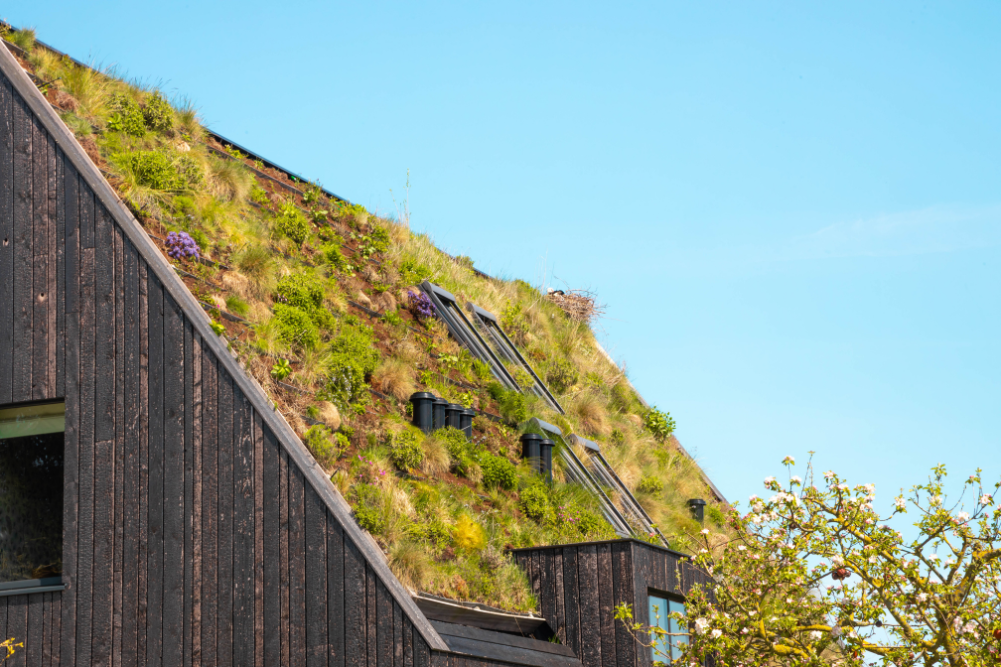Nature prescriptions, drones in the forest and more of the latest environment news
Can time in nature really decrease depression and anxiety? And what’s does Europe’s “green deal” mean? We take a look at the latest environment news.
Green prescriptions
Spending time in nature is believed to be good for your mental health. A new twist on this, however, has come in a new study that used data collected from more than 18,000 people in 18 different countries. The researchers found to their surprise that people with depression were already visiting nature as frequently as people with no mental health issues. People with anxiety were visiting significantly more often. Both groups reported feeling happy and less anxious during time in nature. However, the benefits of nature were lost when the people were “prescribed” time in nature by others. If people lacked the intrinsic motivation to visit nature then forced nature visits could actually increase anxiety. Using so-called “green prescriptions” to treat depression and anxiety is a delicate balance between internal motivation and external encouragement.
Source: Scientific Reports
Drone forest patrols
Sensors aimed at measuring forest environments are already used to track changes in temperature, humidity, light, animal movement and insect movement. They can yield valuable data on how climate change and human activity generally are impacting the natural world. Placing these sensors, especially in large, tall forests, can be difficult. Now researchers have developed drones that can shoot darts containing sensors into trees or even place them after landing on a tree branch. The drone itself could even be a sensor once landed on a branch. At the moment the drones are controlled by people, but if they can be made autonomous then they could be sent on missions deep into a forest where humans may not be able to go. The researchers hope these drones will become ecosystem sentinels and give us the information we need to protect the environment.
Source: IEEE Robotics and Automation Letters
European “Green Deal”
Europe’s “Green Deal” announced by the EU in late 2019 sets the goal of making Europe a carbon-neutral continent by 2050. Under the green deal, by 2030 around 25 per cent of all European farmland will be farmed organically, while the use of fertilisers and pesticides will be reduced by 20 and 50 per cent respectively. The EU also plans to plant three billion trees, restore 25,000km of rivers and reverse the decrease in pollinators such as bees and wasps. These measures are worthy, but in a new paper scientists have made an important point. In 2019, 20 per cent of crops utilised in the EU were brought in from outside the EU, as were meat and dairy. Unfortunately, the EU does not place requirements on how that imported produce is produced. For instance, Europe’s trading partners use twice as much fertiliser as does the EU. The only genuinely “green deal” for the planet will be one where global action is taken.
Source: Nature
Cities of wood
The buildings around you are responsible for one third of global greenhouse gas emissions. It’s because the steel and cement used in building require enormous amounts of energy in production. In a recent study, researchers showed that shifting to wood as a building material would make significant differences. If 80 per cent of new residential buildings were made of wood, the buildings would store 50 million tonnes of carbon dioxide per year, which is equal to 47 per cent of the emissions of Europe’s cement industry. It is viable too; engineered wood products are fire-resistant and strong. In Sydney’s Barangaroo, two multi-storey wooden buildings have been erected, and in places like Finland and Norway 18-storey hotels have been made of engineered wood. If sourced from forests grown in a sustainable manner, shifting to wood as a building material would dramatically reduce the environmental impact of construction.
Source: Environmental Research Letters








